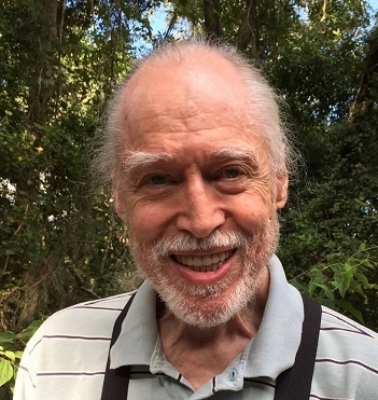Fantasia 2019, Day 3, Part 2: Away
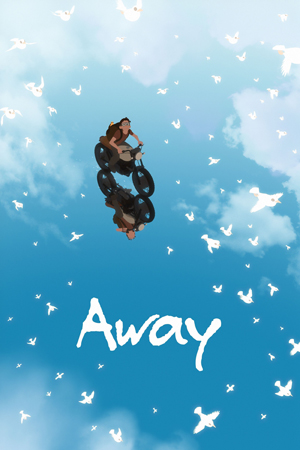 My second feature film of Saturday, July 13, was at the De Sève Theatre. It was the one-man animated feature Away, by Latvian Gints Zilbalodis. Zilbalodis wrote, directed, edited, animated, designed the sound, and did everything else for this 75-minute wordless fable about a young man trying to cross a mysterious island.
My second feature film of Saturday, July 13, was at the De Sève Theatre. It was the one-man animated feature Away, by Latvian Gints Zilbalodis. Zilbalodis wrote, directed, edited, animated, designed the sound, and did everything else for this 75-minute wordless fable about a young man trying to cross a mysterious island.
Before it played came “An Eye For An Eye,” a 17-minute animated short from Poland. Written and directed by Julia Ploch, who adapted her own original comic story, it’s about a hero who vanishes and a youth who tries to seek him out. Both characters are frogs, and the hero, the Red Frog, has disappeared after a quest for the secret knowledge held by the mysterious Great Catfish. It’s a structure a little like Telemachus seeking Odysseus, I suppose, but the result’s different.
We see what happened when the Red Frog finds the Catfish, the wounds he suffers and his Jonah-like travails, and get a glimpse of the wisdom he’s learned. That gives the conclusion a powerful heft. The story’s well-told and unpredictable, in (what looks like a) hand-drawn style, sketchy but sinuous, with an understated use of colour. Banners and panels appear on screen with secondary events within them, picture-in-picture storytelling. Dialogue’s replaced by word balloons holding pictures. In a technical sense, it’s a fascinating and effective way to adapt a graphic novel, and the overall story’s a solid and well-structured creation.
Away begins with a youth parachuting into a desert. He’s chased by a shadowy giant to a green oasis in some hills. There, the youth finds a map, a motorbike, and a small curious yellow bird. The map shows us that he’s at one end of an island, and there’s a town at the other end. The youth chooses to get on the bike, with map and bird, and race past the giant. Chased by the dark shape, who is less a physical threat than an entropic force that drains life and energy, the boy tries to reach the town at the far end of the island, passing many strange places along the way.
The movie’s made in an expressive, simplified CGI style with bright but harmonious colours. It’s fluid, with expressive movement and particularly beautiful moments in its sense of scale. The film makes extensive use of long takes, particularly notable when they come in the form of long gliding camera moves tracking across swathes of landscape. Still there’s a constant sense of movement and, dramatically, of a chase — of the need for the youth to keep moving forward. While characters do sometimes feel as though they’re skating over the landscape, or interact with other physical objects in an uncanny fashion, it’s easy to view this as part of the dream-world and dream-logic of the film.
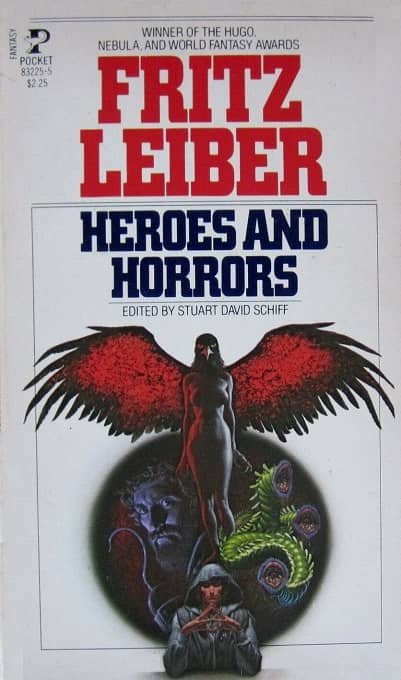
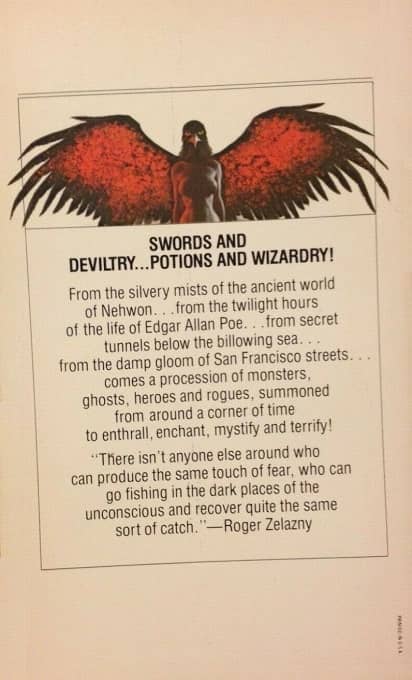

 There’s a critical truism that all art is political. I would prefer to phrase it as “all art can be read politically,” because art has to be interpreted. And no work of art can be read only one way. Individual perspective and changing circumstances will give a work very different meanings, possibly including different political significance. (I once worked out my version of the truism as “all readings of art will depend in part on the reader’s historical and political situation,” which is why I’m not a sloganeer.)
There’s a critical truism that all art is political. I would prefer to phrase it as “all art can be read politically,” because art has to be interpreted. And no work of art can be read only one way. Individual perspective and changing circumstances will give a work very different meanings, possibly including different political significance. (I once worked out my version of the truism as “all readings of art will depend in part on the reader’s historical and political situation,” which is why I’m not a sloganeer.)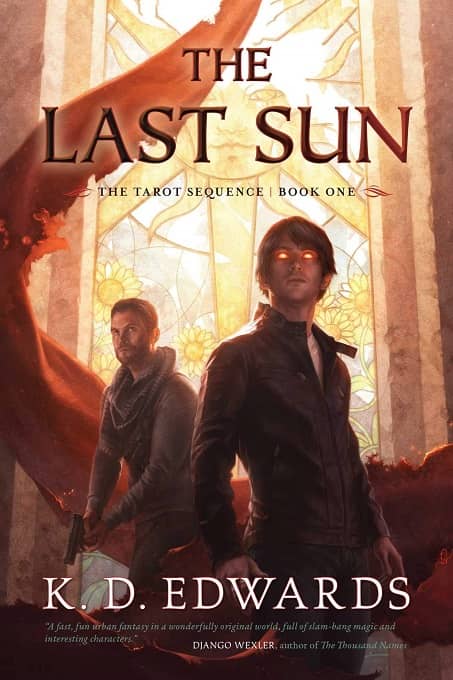
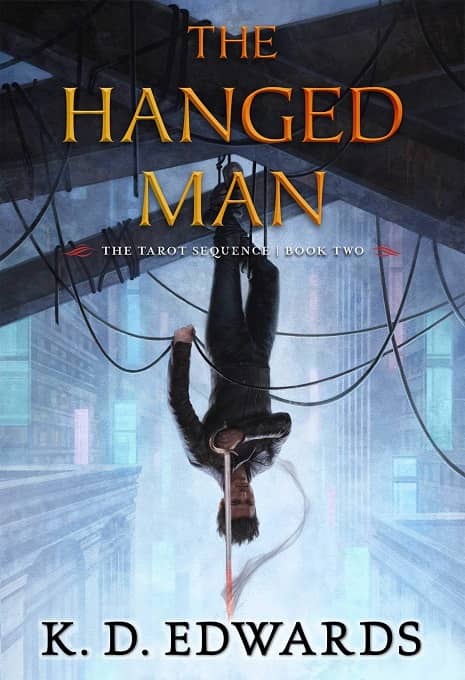
 I’d skipped the first day of the 2019 Fantasia Festival since the only movie I wanted to watch, The Deeper You Dig, played the next afternoon. That gave me three movies on Day 2, and after seeing first an indie horror film made by three people and then an Australian comedy led by a major Hollywood star, I could only wonder what I’d get in the Irish-Danish-Belgian co-production called Vivarium.
I’d skipped the first day of the 2019 Fantasia Festival since the only movie I wanted to watch, The Deeper You Dig, played the next afternoon. That gave me three movies on Day 2, and after seeing first an indie horror film made by three people and then an Australian comedy led by a major Hollywood star, I could only wonder what I’d get in the Irish-Danish-Belgian co-production called Vivarium. 

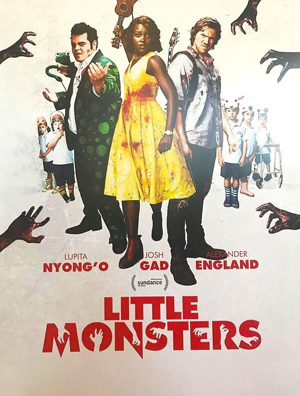 My second movie of Fantasia 2019 was in the 750-plus seat Hall Theatre. Little Monsters stars Lupita Nyong’o as a kindergarten teacher who takes her class on a field trip — only to get caught up in a zombie invasion. Written and directed by Abe Forsythe, it’s an occasionally tasteless but surprisingly effective horror-comedy.
My second movie of Fantasia 2019 was in the 750-plus seat Hall Theatre. Little Monsters stars Lupita Nyong’o as a kindergarten teacher who takes her class on a field trip — only to get caught up in a zombie invasion. Written and directed by Abe Forsythe, it’s an occasionally tasteless but surprisingly effective horror-comedy.